Chinese Compatriots Supported Each Other Episode Two Jiang Zhengyun: Leading 80 Volunteers from High School Affiliated to Jinling University to Save Over 15,000 Chinese Compatriots
Eighty-six years ago, when Nanjing fell into danger, some foreigners stayed behind and set up the International Committee for the Nanking Safety Zone (forcibly renamed the International Relief Committee in February 1938) and the Nanking Safety Zone, protecting more than 250,000 refugees. During the period, more than 1,500 Chinese compatriots directly took part in the operation of the committee.
In his farewell speech on February 21, 1938, John Rabe, chairman of the International Committee for the Nanking Safety Zone, spoke highly of Chinese people who fought side by side with westerners: “...the practical work of the different commissions being carried out by you. In fulfilling your duty, you were — we have never left that out of sight — in greater danger than we.”
In May, the Memorial Hall Media Convergence Center launched Chinese Compatriots Supported Each Other Series feature stories to recall the great deeds of Chinese people who worked to help the refugees during the Nanjing Massacre. The protagonist of Episode II is Jiang Zhengyun who organized 80 volunteers from High School Affiliated to Jinling University to help save more than 15,000 Chinese compatriots.
In Nanjing, almost everyone knows Nanjing Jinling High School, a dream school for many middle school students in Nanjing. 86 years ago, the school’s campus was used as the refugee camp of High School Affiliated to Jinling University. Jiang Zhengyun, a teacher from High School Affiliated to Jinling University, served as head of the refugee camp. Between December 1937 and May 1938, Jiang, together with 80 volunteers, helped rescue more than 15,000 refugees. Recently, the Memorial Hall staff members visited Nanjing Jinling High School and interviewed the descendants of Jiang to recall his heroic deeds.
Rescuing over 15,000 refugees together with 80 volunteers 86 years ago
Zhang Ming is a history teacher at Nanjing Jinling High School. Zhang has been working here for more than three decades since he was assigned to the school after graduating from the School of History, Nanjing University in 1985. In addition to teaching, Zhang devotes much of his time to work related to school history and the alumni association, and has completed books including Drum Tower Memory — Culture, Campus, Figures, and Heroic Stories of Nanjing Jinling High School Staff and Students during the Chinese People’s War of Resistance against Japanese Aggression. Zhang led the Memorial Hall staff members to the School History Gallery of Nanjing Jinling High School.
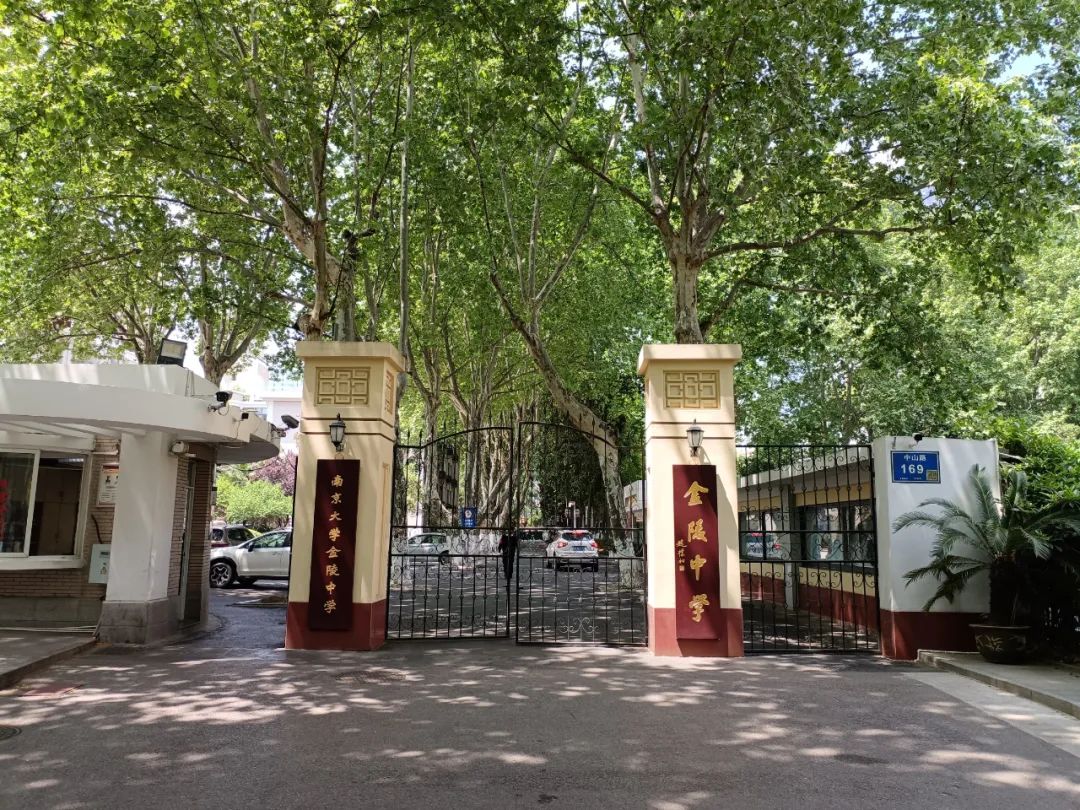
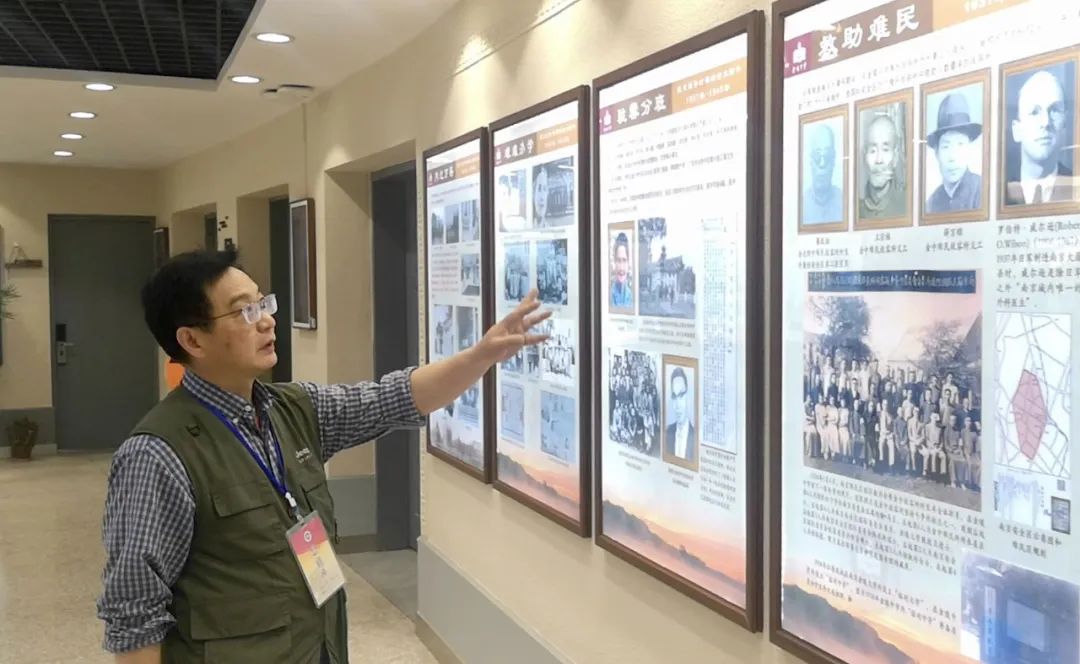
Zhang Ming introduces the school history of Nanjing Jinling High School to Memorial Hall staff members
In 1888, the Methodist Episcopal Church in China founded Fowler Biblical School. In 1910, Fowler Biblical School and The Union Christian College merged to form Jinling University. The high school branch of Fowler Biblical School had been renamed High School Affiliated to Jinling University and Jinling High School for short.
Ahead of the fall of Nanjing in 1937, Zhang Fang, principal of High School Affiliated to Jinling University, and some teachers relocated the school west to then Shahezi Town in Wan County (today’s Wanzhou District in Chongqing), Sichuan to continue teaching. Jiang, as dorm supervisor and English teacher, chose to stay to protect the school property.
In late November 1937, the Japanese invaders approached Nanjing. Some foreigners in Nanjing set up the International Committee for the Nanking Safety Zone, and elected John Rabe to be chairman of the committee. Soon, the committee set up 25 refugee camps in the 3.86-square kilometer safety zone and divided the zone into nine areas, so that refugees could have a place to seek shelter when the war came.
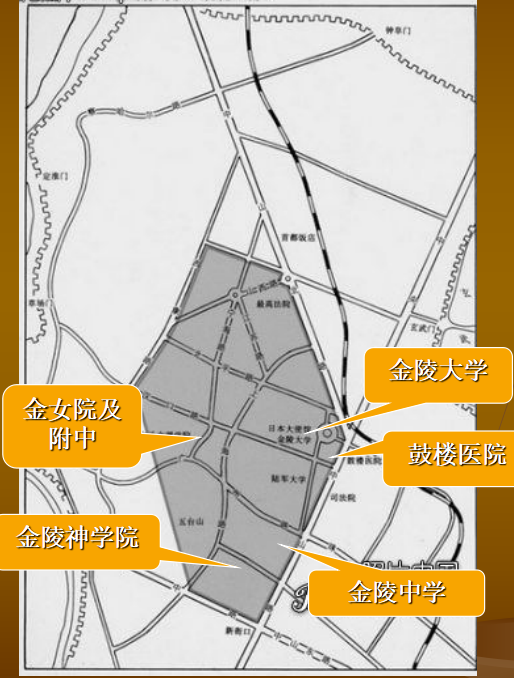
The scope of the designated Nanking Safety Zone (the gray part)
Through the recommendation from Wang Mingde, a pastor of the Methodist Episcopal Church, Jiang participated in the rescue work of the International Committee for the Nanking Safety Zone, serving as head of the refugee camp of High School Affiliated to Jinling University and director of the Safety Zone Area 2.
Jiang was a competent manager at the refugee camp. In the School History Gallery, an eye-catching display board records how High School Affiliated to Jinling University helped save refugees during the Chinese People’s War of Resistance against Japanese Aggression. “During the Nanjing Massacre, 80 volunteers who stayed behind to protect the property of High School Affiliated to Jinling University saved more than 15,000 refugees under the leadership of Jiang Zhengyun, head of the refugee camp at the school,” the board reads.
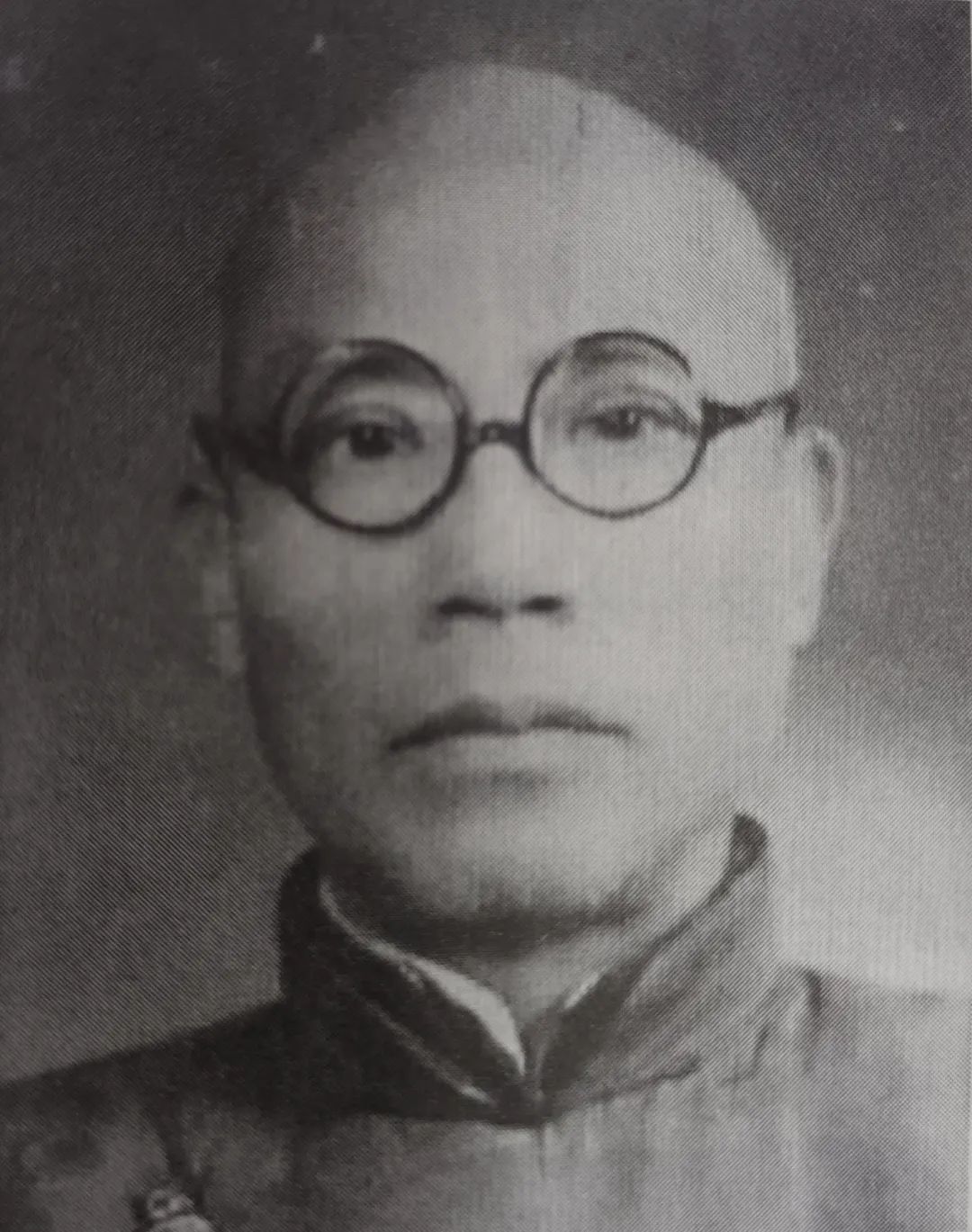
Jiang Zhengyun, born in February 1890, graduated from Jinling University in 1924. Jiang began working as a pastor of the Presbyterian Church in Yuezhou in 1925; as dean of studies at Hankou Guanghua Secondary School in 1930; and as dorm supervisor and English teacher at High School Affiliated to Jinling University in 1935
While walking on the campus, Zhang pointed to a building and said, “The building used to be a chapel. All the classrooms were used for accommodating refugees during the Nanjing Massacre. Beside the chapel was the Dongke Building, the attic of which also provided shelter for the refugees. The students lived in the Kouzi Building, to the south of the canteen. To save the refugees, temporary bungalows were built behind it to cook and distribute porridge. And there were also refugees in the dorm, lab, and stadium. Everything was arranged in an orderly way.”

A view of thestadium at High School Affiliated to Jinling University in 1937 (built in 1934)
Hiding over 40 women in the Bell Tower basement
Many women lived in the refugee camp of High School Affiliated to Jinling University, unfortunately making it the target of Japanese troops. The Japanese soldiers often climbed over the wall and entered the refugee camp, raping the women cruelly.
Jiang felt very distressed about this and in the end he had no alternative but to ask for help. On December 17, 1937, Jiang wrote to George Fitch, general secretary of the International Committee for the Nanking Safety Zone, with tears in his eyes. “Tonight the Japanese soldiers broke into our dorm in search of young girls. The sobs were everywhere, but I couldn’t stop them from crying...I would appreciate it if some seamen (seamen on British and American ships stationed on the Yangtze River) could be dispatched to our campus...If this can’t be done at a fast pace, more people will die. I’m writing this letter with angry tears.”
In his diary for December 19, 1937, John Rabe said he visited High School Affiliated to Jinling University that morning to learn about the situation: “Three girls were dragged away last night, and one of them was raped by three Japanese soldiers in the gatehouse.” To avoid being raped by the Japanese soldiers, women in the shelter camp smeared black ash on their face.
Jiang did his best to protect the refugees and was once beaten by the Japanese soldiers. Even in such a difficult situation, he organized volunteers to hide more than 40 women in the basement of the Bell Tower where he worked and asked the volunteers to send food and water to them secretly.
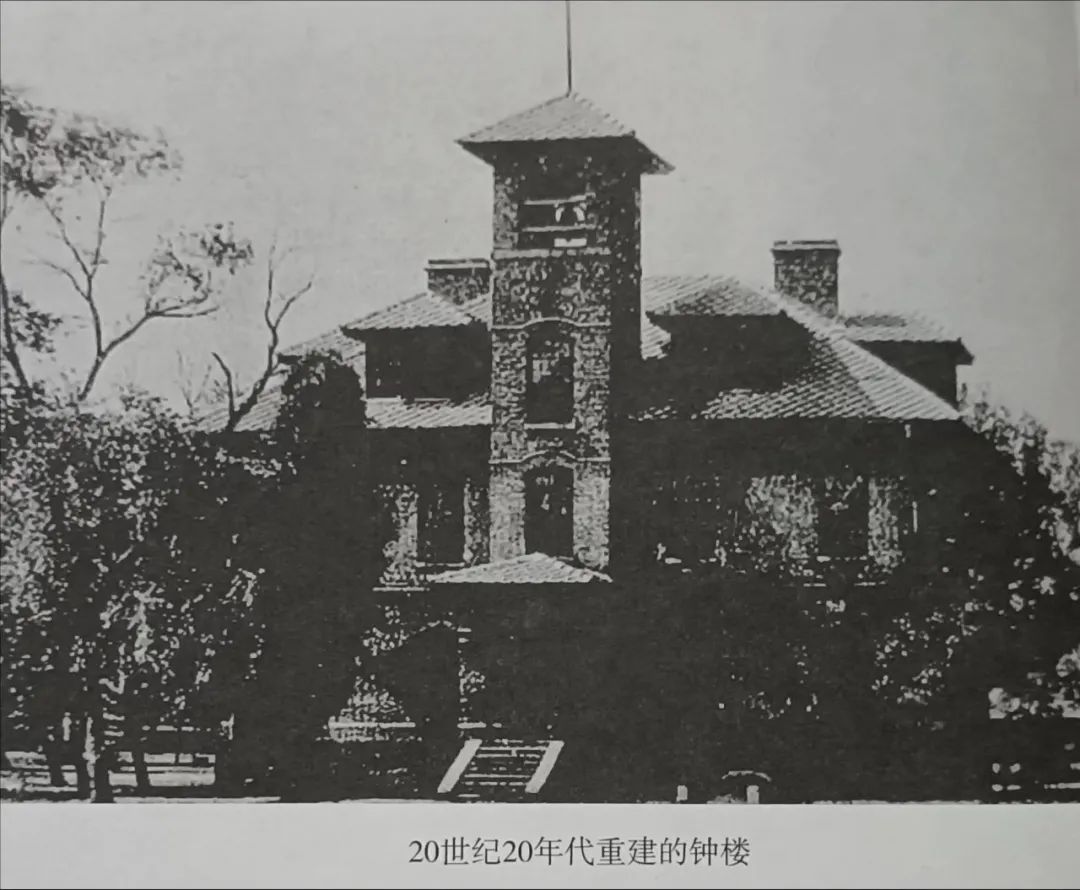
The Bell Tower at High School Affiliated to Jinling University, rebuilt in the 1920s
Zhang then showed the Memorial Hall staff members into the Bell Tower. “This was the earliest Western-style building in Nanjing, and also a landmark of the city.” According to Zhang, the Bell Tower is still an administration building of the school and the basement structure remains unchanged. With an area of about 200 square meters, the basement is divided into five segments, with a height of about 1.7 meters. On the wall of the basement are some rectangle-shaped vent holes. From the inside, people can see what’s happening outside, but it’s difficult for those outside to see inside. Without a washroom, though, the basement could only meet the basic needs of the refugees during the Nanjing Massacre.
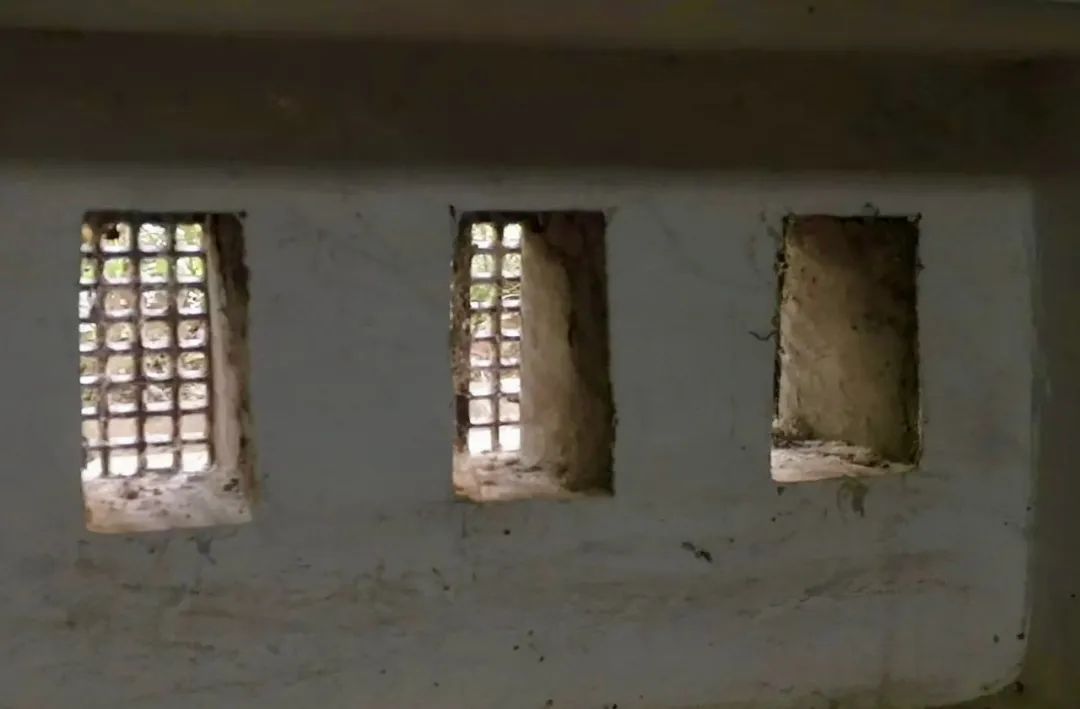
Vent holes in the Bell Tower basement
Managing the refugee camp in an orderly manner
Led by Jiang, the High School Affiliated to Jinling University refugee camp offered assistance in good order. According to historical materials, the refugee camp consisted of a clinic, a first-aid team, a firefighting crew, an inspection team, a campus store, and a central kitchen. The refugees were divided into 40 groups. For safety reasons, the refugees were required to register whenever they entered or left the camp and were usually forbidden from leaving the camp on their own.
In his diary for January 4, 1938, John Rabe wrote about the operation of the High School Affiliated to Jinling University refugee camp. He mentioned a detail about the distribution of rice. The camp received 12 bags of rice every day. The head of the camp Jiang Zhengyun would sell two bags to refugees with money and got a daily sales revenue of about 21 yuan. The money was used to cover necessary expenses in operating the refugee camp, for example, purchasing ropes, brooms, kitchen supplies, and cigarettes given to Japanese soldiers. Both income and expenditure were recorded in detail. And the refugee camp had “a central kitchen that looks neat and tidy.”“We have the feeling that the refugee camp is well organized and run in an orderly way,” he commented.
High School Affiliated to Jinling University refugee camp
Mr Luo, Mr Wang, Ernest Forster, and Wilson Plumer Mills inspected the refugee camp on January 3, 1938.
Organization:
Head: Mr Jiang Zhengyun, with about 80 assistants
Refugee number: 11,000 (compared with 15,000 in the past).
All the refugees in the refugee camp have been registered. After being registered, some refugees left the camp while some returned to the camp after discovering that their houses had been destroyed. The number of women and children in the camp is larger than that of men.
The refugees are divided into 40 groups.
There is a first-aid team, an inspection team, and a firefighting crew.
A clinic has been set up for patients, with some Chinese doctors and nurses. There are some patients in the camp. Eight adults and three children died. The Red Cross will provide coffins to bury them.
Refugees willing to follow the rules are forbidden from leaving the camp.
Several people smoking opium were driven out of the refugee camp.
A consumer federation runs a store to provide convenience for the refugees. The sales prices of all goods are stipulated by a special committee.
Distribution of rice:
The camp receives 12 bags of rice every day. The head of the camp Jiang Zhengyun would sell two bags to refugees with money and get a daily sales revenue of about 21 yuan. The money is used to cover necessary expenses in operating the refugee camp, for example, purchasing ropes, brooms, kitchen supplies, and cigarettes given to Japanese soldiers. Both income and expenditure are recorded in detail.
Ten bags of rice are handed out to the poor and those with nothing to eat for free.
There is a central kitchen that looks neat and tidy. Coal is provided by Mr Riggers. Tap water supplies have been restored since January 3.
Comment: We have the feeling that the refugee camp is well organized and run in an orderly way.
Jiang’s wife looking after Nanjing Massacre survivor Chang Zhiqiang and his sister
Chang Zhiqiang, a survivor of the Nanjing Massacre, was among the refugees taking shelter in the High School Affiliated to Jinling University refugee camp. “I was nine years old then. My parents and my younger brothers were killed. My sister, 12, was stabbed three times but survived luckily. We heard a cry and then a fat woman came over crying...She took her child, my sister and me to the High School Affiliated to Jinling University refugee camp near Ganheyan Street. When we arrived, many other refugees were waiting outside the campus gate. People rushed in once the door opened. Before we came, the school was already full of refugees. We got separated in the crush and couldn’t find the fat woman and her child after we came in. Then another woman came over and noticed that my sister got injured. She carried my sister on her back and went to the second floor. I followed them. That woman was a staff member at the refugee camp. She was responsible for offering food to the refugees. She really took care of us when we were there. Later I learned that she is the wife of Mr Jiang,” Chang Zhiqiang once said.
Because Chang Zhiqiang has passed away, the Memorial Hall contacted his youngest daughter Chang Xiaomei who stayed with him for years. Chang Xiaomei said her father once told her about their life in the refugee camp, “With great difficulty, my father and his sister finally found a place in the refugee camp. They lived under the staircase of the hallway. Later they met a kind couple. The man was Mr Jiang. When they learned about the misfortune of my father, they took them to the place where they live.”
Writing the notice on dissolving the High School Affiliated to Jinling University refugee camp
In the historical photo gallery collected by the Memorial Hall, a photo showed the sign-in form of attendees to a meeting in February 1938. The heads of 25 refugee camps and directors of nine areas in the Nanking Safety Zone held the sixth joint conference to express thanks to John Rabe for his hard work. Jiang was among them. The photo showed his square, upright and forceful handwriting.
The work of the High School Affiliated to Jinling University refugee camp continued until May 1938. On May 4, the members of the International Relief Committee for the Nanking Safety Zone and staff members of the High School Affiliated to Jinling University refugee camp took a precious group photo at High School Affiliated to Jinling University (by then some volunteers had already left).
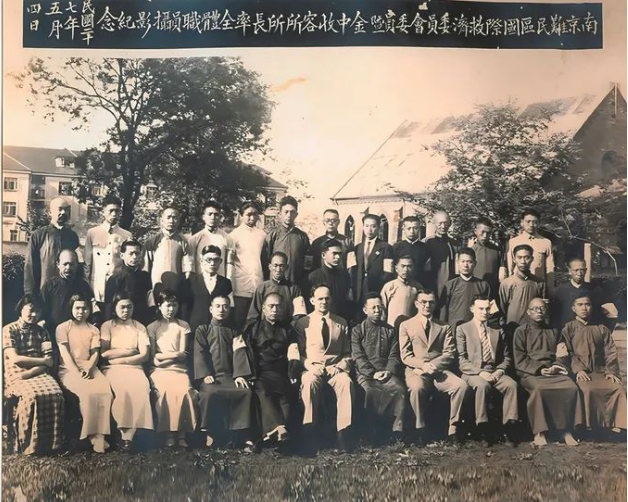
An AI technology-restored group photo of members of the International Relief Committee for the Nanking Safety Zone and staff members of the High School Affiliated to Jinling University refugee camp. Jiang Zhengyun (front row, second from right) was among them. The photo was among the special collections at the Yale Divinity Library. A former student of Nanjing Jinling High School discovered the photo at the library and sent a copy to the school.
On May 15, 1938, Jiang wrote the Notice of High School Affiliated to Jinling University Refugee Camp No. 26, announcing the decision to dissolve the refugee camp as required by the International Relief Committee for the Nanking Safety Zone.
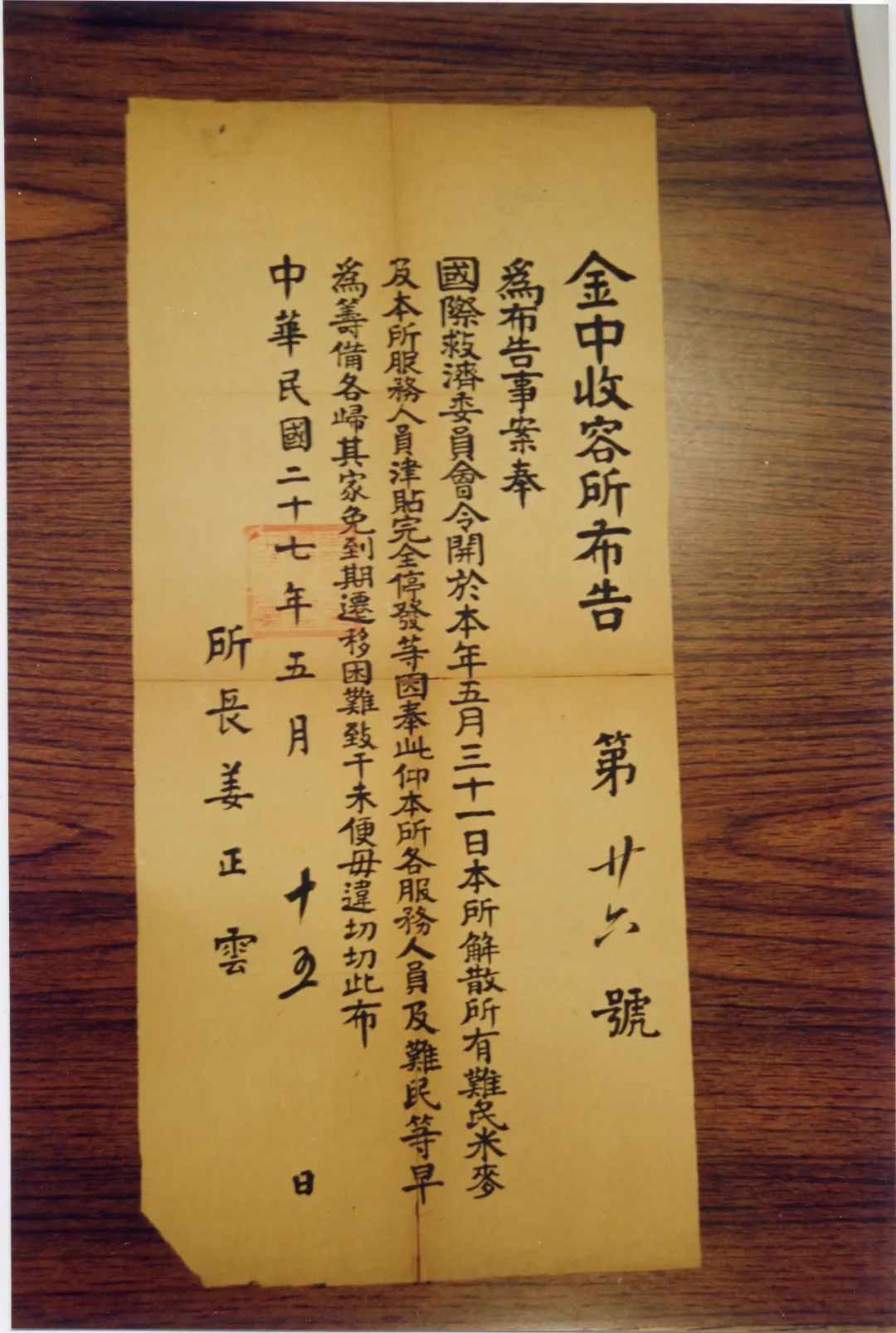
The notice on dissolving the High School Affiliated to Jinling University refugee camp
Passing integrity and kindness to future generations
Jiang Sihua is the eldest grandson of Jiang Zhengyun. Jiang Sihua and his family now live near Maqun, a subdistrict of Qixia District in Nanjing. During the Mid-Autumn Festival holiday in 2018, Jiang Sihua and his wife took their daughter and grandchildren to the Memorial Hall and paid their respect to Jiang Zhengyun. In an interview with the Memorial Hall, Jiang Sihua said he missed his grandfather very much and thanked him for doing his part to protect the Chinese people during the Nanjing Massacre, standing in front of the display board featuring the “Chinese Compatriots Supported Each Other” section in the Nanjing Massacre Exhibit.
The Memorial Hall staff members made an appointment with Chen Qianling, wife of Jiang Sihua, to visit them. After learning about that, Chang Xiaomei, daughter of Nanjing Massacre survivor Chang Zhiqiang, said she wanted to go with the staff members and express thanks to the descendants of the person who helped her father in person.
“My grandfather had a hard life when he was young. His mother died when he was just six or seven. His father married another woman, but his stepmother was mean to him. After a few years, he left home and found a job while continuing study. My grandfather was good at English. Later he went to Nanjing together with a pastor and studied at a theological seminary. With a diploma in English, he became an English teacher after graduation. My grandmother once told me that they had six children. My grandfather took their eldest son, 16 years old then, to Nanjing while my grandmother took care of the other five children in their hometown in Yueyang. After my grandfather settled down in Nanjing, he moved the entire family to Nanjing. When Japanese troops captured Nanjing in December 1937, they lived in the dorm of High School Affiliated to Jinling University,” Jiang Sihua said.
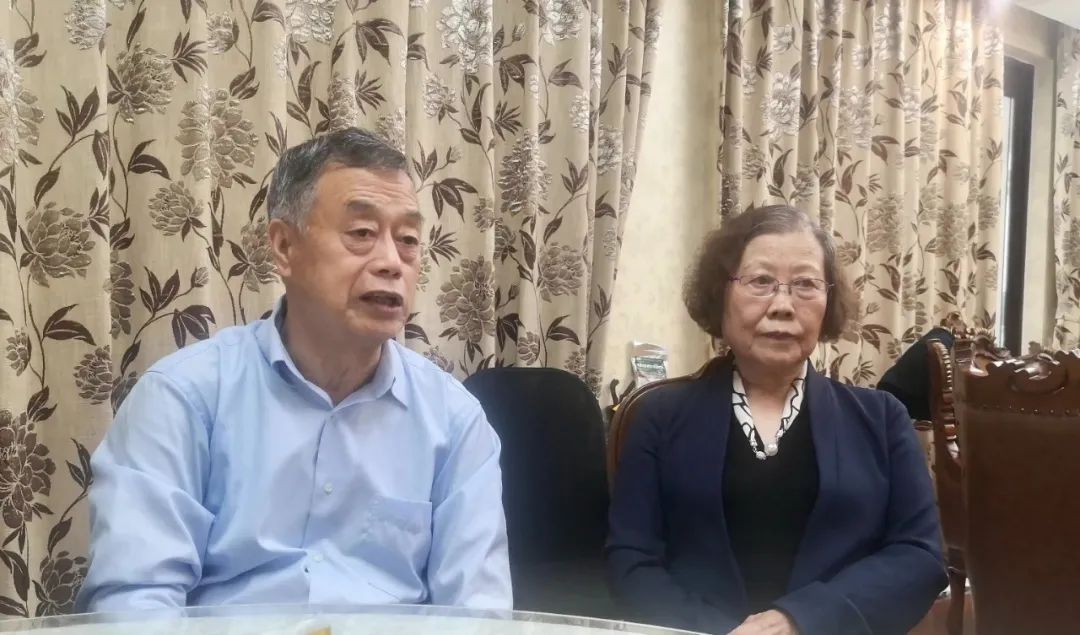
Jiang Zhengyun’s eldest grandson Jiang Sihua and his wife Chen Qianling
Jiang Sihua recalled that his grandfather rarely talked in front of the family about his job of saving refugees at the High School Affiliated to Jinling University refugee camp during the Nanjing Massacre. Jiang Sihua heard some stories from his eldest aunt. “In 1937, my aunt was still in her teens. She said my grandfather was very busy. The Japanese soldiers often broke into the campus. Whenever my grandfather and grandmother heard the sound of footsteps outside at night, they would hide female students into the cabinet. My grandfather was once beaten by the Japanese soldiers to save others.”
“Later my grandfather worked as a translator for the court and became an English teacher at a secondary school after 1949. He sent three of his children to join the army. They are all good at English. Jiang Yijie, my grandfather’s youngest son, once worked as an English translator on the battlefield of the War to Resist US Aggression and Aid Korea (1950-1953),” the couple said.
According to Jiang Sihua, Jiang Zhengyun died from disease in 1962 and is buried at the Liyushan cemetery in Nanjing. The couple expressed admiration for Jiang Zhengyun’s good characters, such as diligence, kindness, honesty, and hard-working spirit, which have become a family tradition passed down in their family. Jiang Zhengyun brought up six children who raised 16 children in total. Several of them are teachers, and some are successful businessmen. The whole family is very kind and generous to others.
Chang Xiaomei was very touched by the story of Jiang Zhengyun and his wife. “I came here today to express my thanks. If it were not for your grandfather and grandmother, my father might not be able to survive and I might not be born. I started to learn about the experience of my father during the Nanjing Massacre after I accompanied him in various events in 2014. To let more people learn about and remember the history, I wrote a book about his experience. The book has been published by the Foreign Languages Press in Chinese, Japanese and English.” Chang Xiaomei said she would now take over the baton as an inheritor of the memory of the Nanjing Massacre and tell the history to future generations.

